
In the Spring of 1935, the newly appointed American ambassador to Russia ordered a party that would surpass anything Moscow had ever seen before or after the Revolution. Embassy employee Charles Thayer followed the order to the letter.
A mansion near Arbat Street in downtown Moscow had been home to the American Ambassador to the Soviet Union ever since 1933.
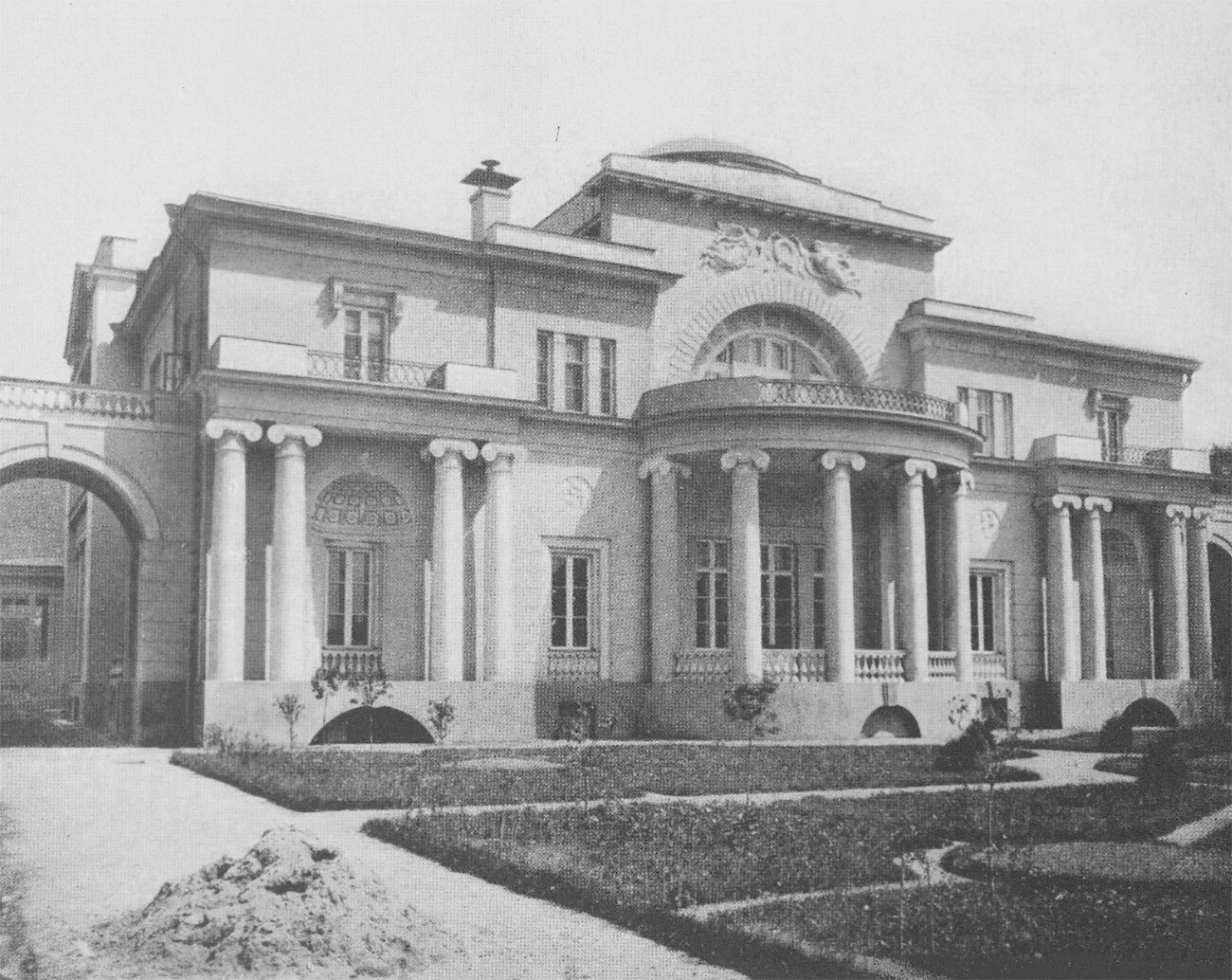
Spaso House
Archive photoAffectionately called the Spaso House, the mansion housed many high-profile events organized by the U.S. diplomatic mission in Moscow. The most famous of all – the Spring Festival, was so ridiculously lavish and extravagant that it was featured in this classic novel as “The Great Ball at Satan’s”.
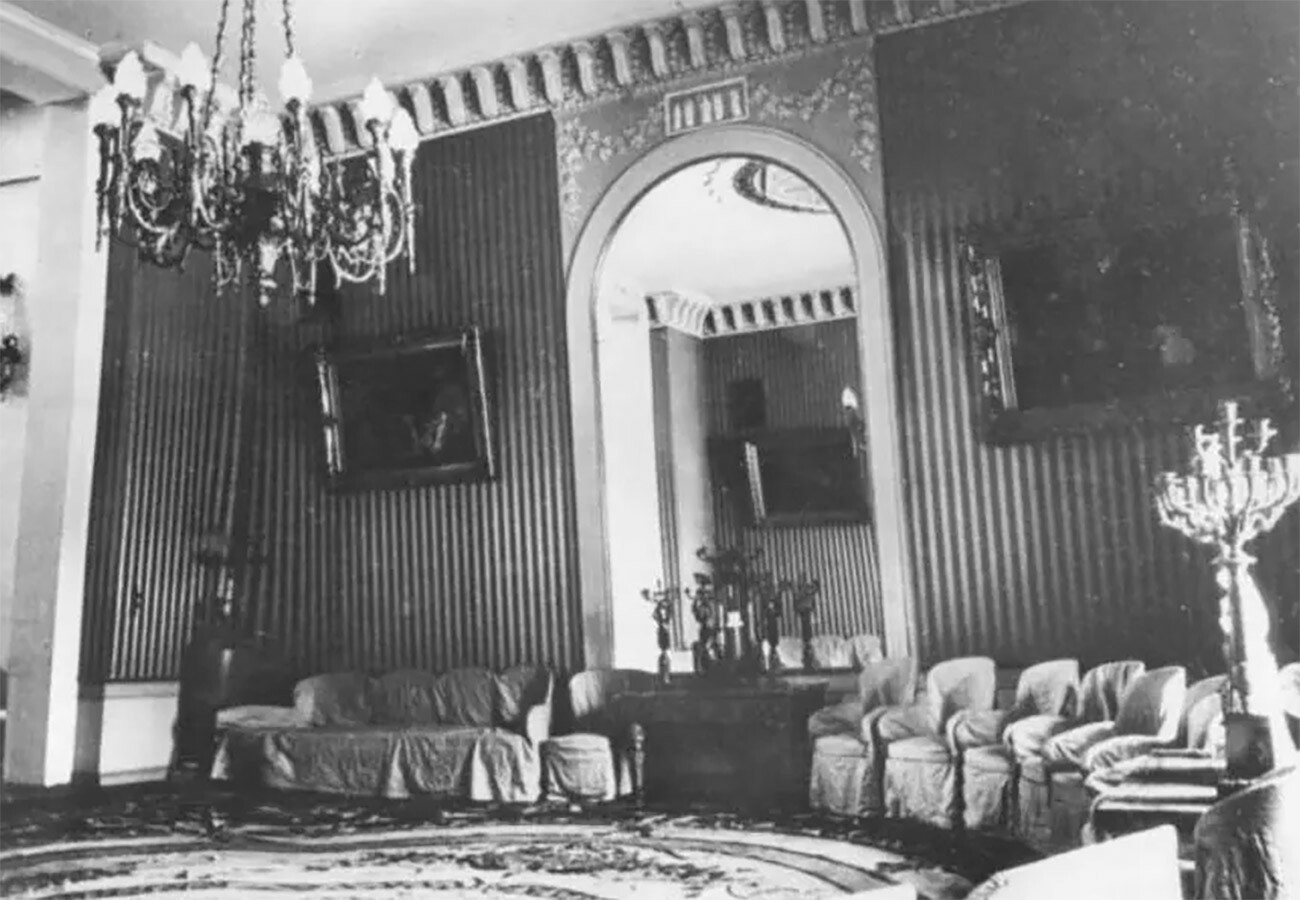
Spaso House
Archive photoLeaving for the U.S. for consultations, the American Ambassador to the USSR William Bullitt ordered a grand reception to be held immediately upon his return to Moscow. He charged embassy employee Charles Thayer with organizing the event, instructing him that this reception must “surpass anything Moscow has ever seen both before and after the Revolution.”
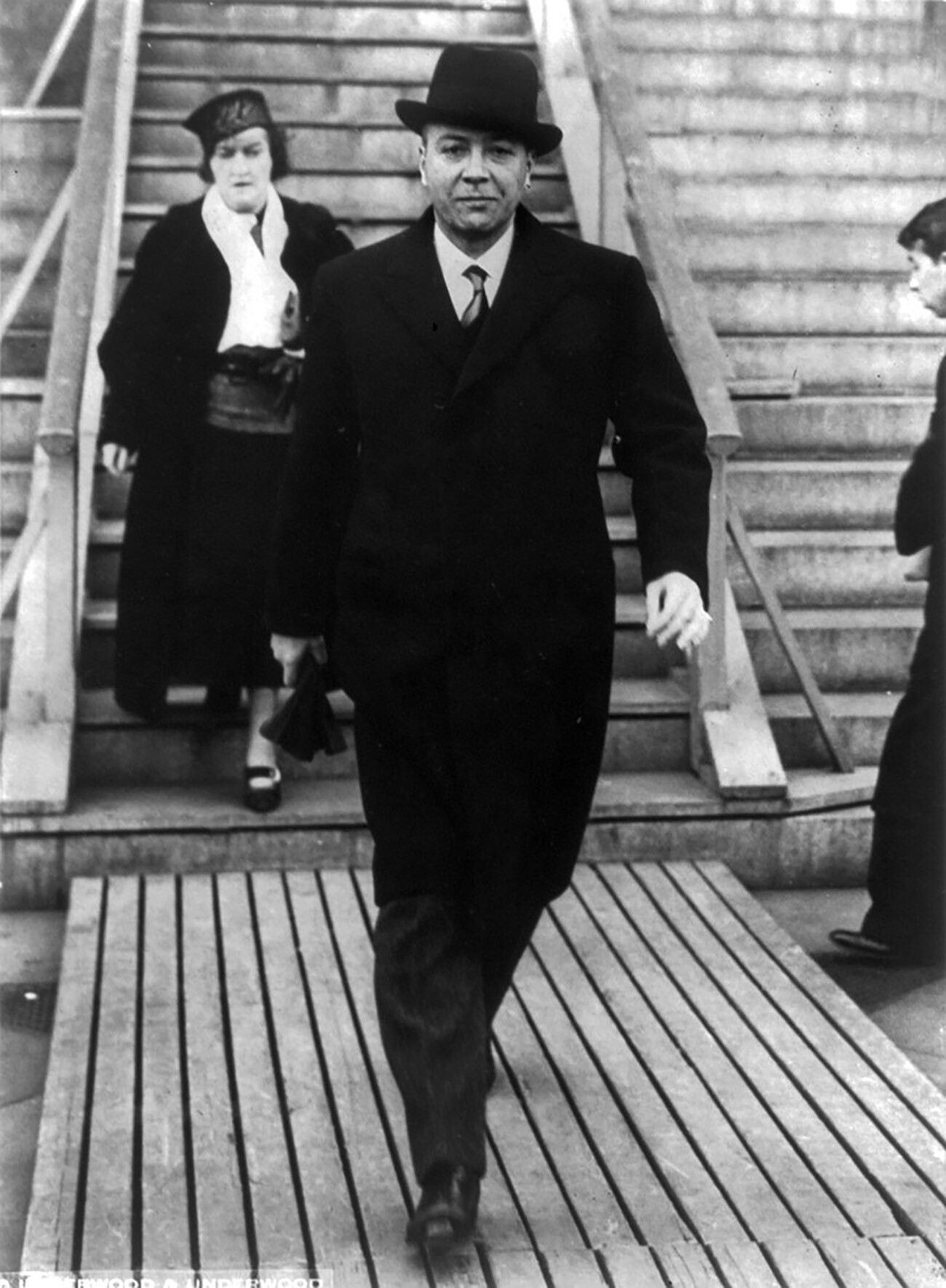
William Christian Bullitt, Jr., American diplomat.
Public domainAccording to the account later provided by Thayer in his book Bears in the Caviar, the ambassador told him to go all out and spare no expense.
Thayer must have understood the order literally.
Thayer confessed that the wild design of the future party was heavily influenced by the ideas of the U.S. Embassy Counselor’s wife Irena Wiley.
“‘Let's get some farm animals and create a miniature barnyard in the corner of the ballroom. We'll call it the Spring Festival,’ - I knew I shouldn't argue with her,” Thayer wrote in his memoirs.
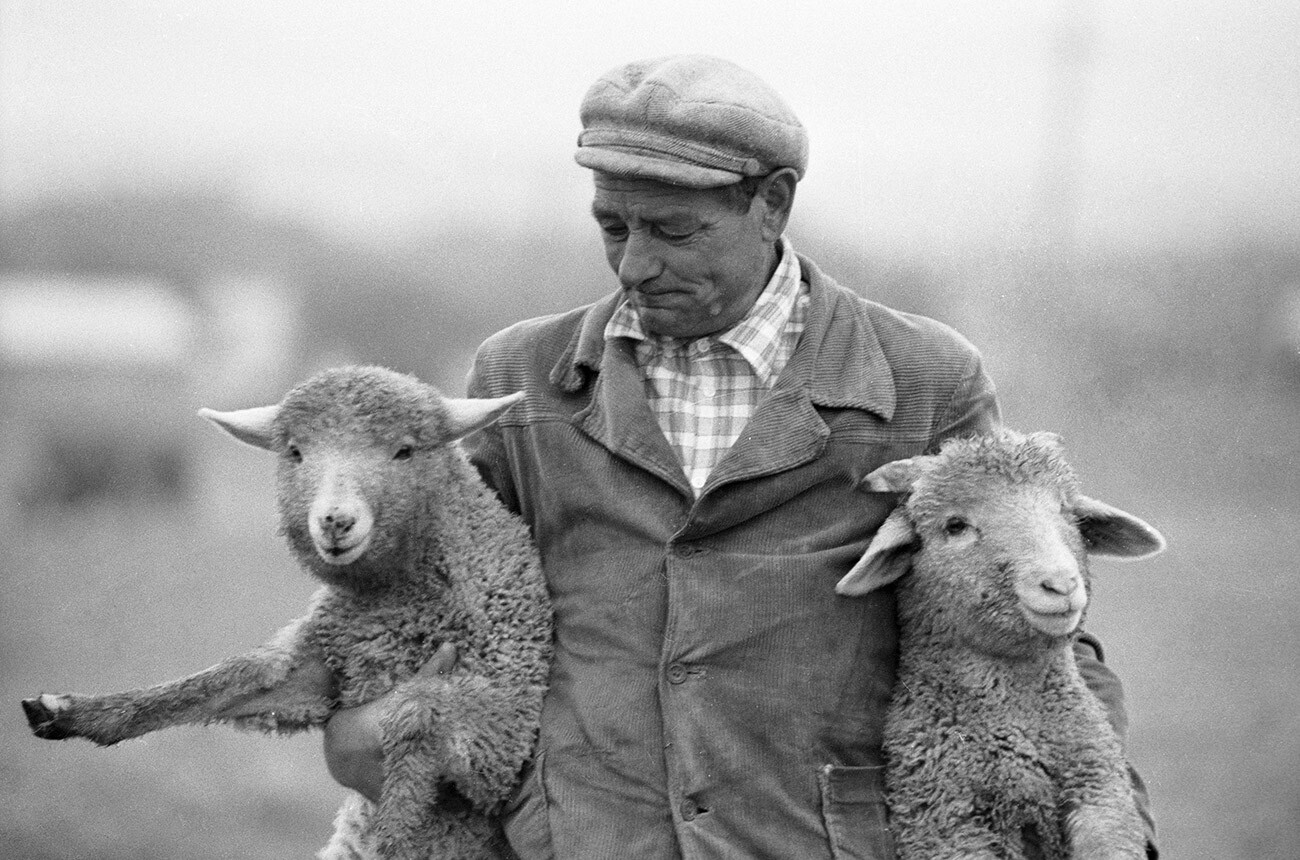
Thayer claims that he gave in to the idea with the animals because a performance by a singer was usually considered to be the height of fun at receptions organized by other foreign missions in Moscow (or in any other city for that matter). Bullitt, Wiley and, perhaps, Thayer all agreed that the coming reception at the U.S. embassy must be a different ‘beast’ in this regard.

Ambassador Bullitt and embassy staff near the Spaso House, 1934.
Archive photoThe idea appeared to be simple at first glance. Thayer was to procure a few lambs and decorate the hall with some flowers and a few birch trees in pots. However, problems started to arise from the very beginning.
The spring of 1935 was late and it was too cold for flowers and birch trees to bloom. Moreover the lambs borrowed from one of the farms in Moscow stank outrageously.Thayer went to the director of the Moscow Zoo, who offered to swap out the lambs for a few mountain goats who, in theory, should have smelled less. Thayer borrowed six goats from the zoo, but that was not enough for Wiley, who was just starting to get a taste for organizing the madness: Thayer recalled how she proclaimed that adding a little bear cub wouldn’t hurt anyone.
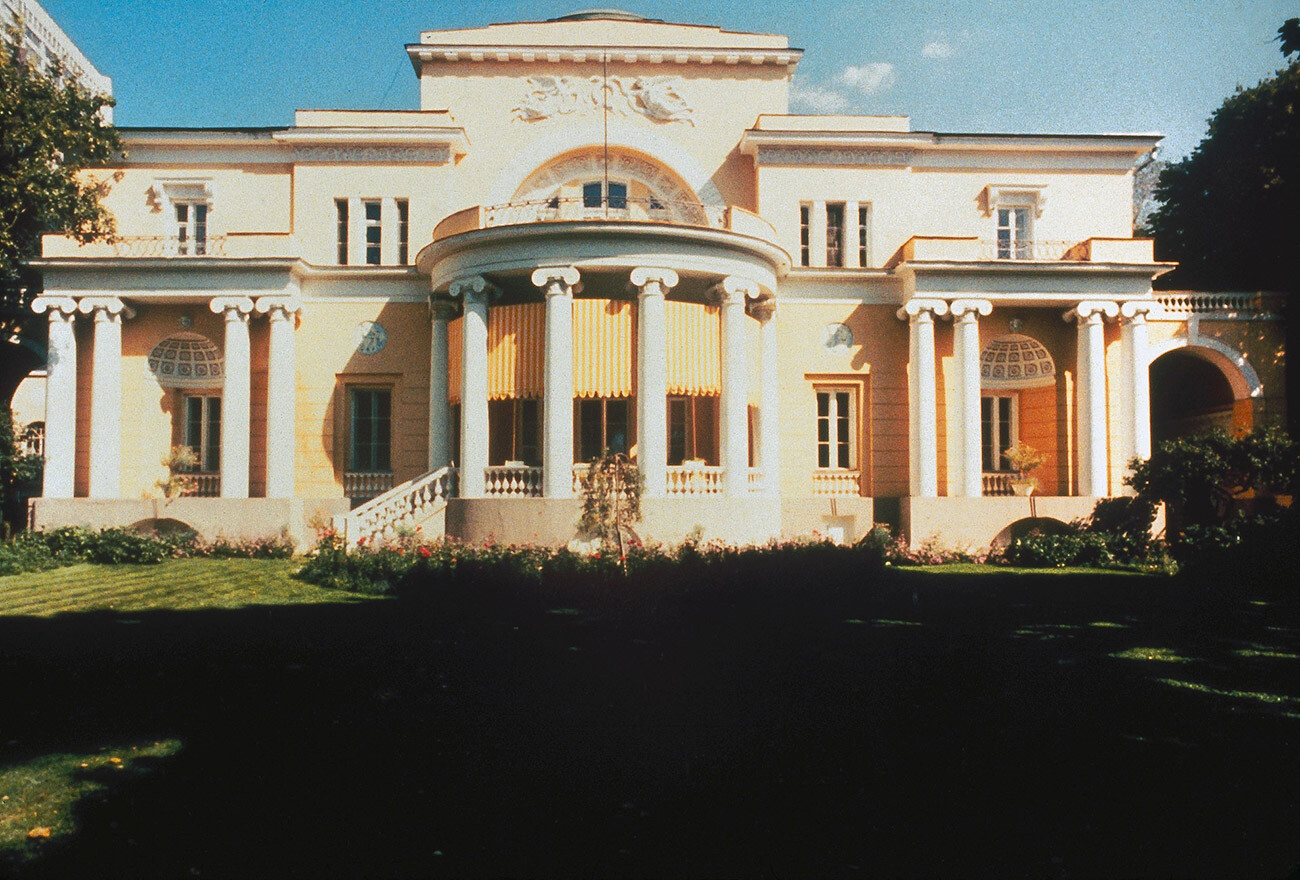
Gradually, the animals and birds reserved for the party grew in number. Besides the goats and the bear cub, the embassy staff added roosters, golden pheasants, long-tailed parrots and a flock of small weaver birds. On top of that, Thayer procured 1,000 tulips from Helsinki to add to the birch trees that were forced to bloom as they had intentionally been placed in a damp, warm room.
The embassy was ready for the reception of a lifetime.
On April 24, 1933, high-profile guests flocked to Spaso House.Ambassador Bullitt wished to gather a party of a lifetime and invited virtually every important figure in Moscow, except for, only, Joseph Stalin.
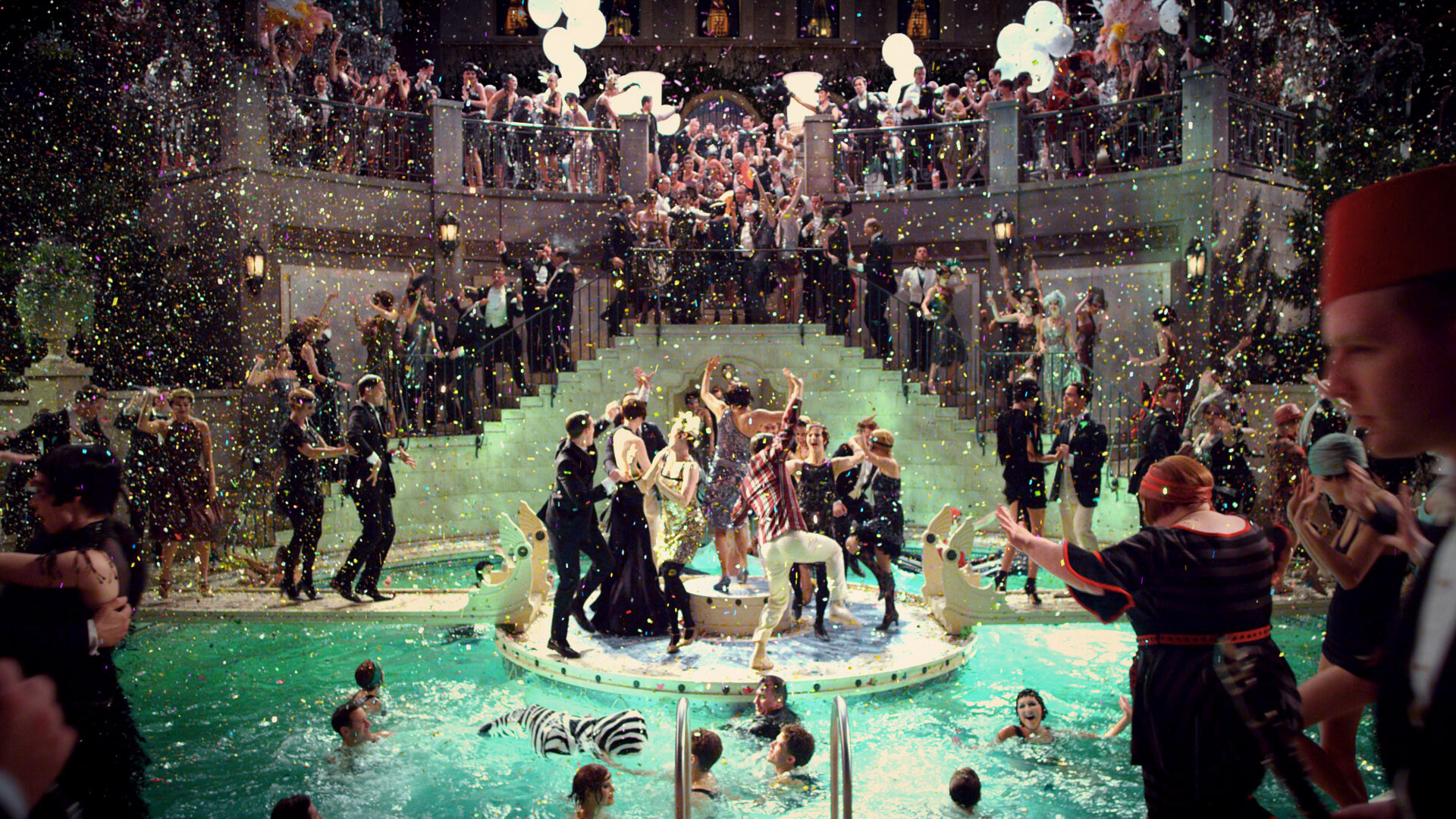
A still from The Great Gatsby.
Baz Luhrmann/Warner Bros.Commissar for Foreign Affairs Litvinov and his wife, politicians Voroshilov, Kaganovich, and Bukharin, Chief of Staff Tukhachevsky and other key generals of the Red Army - as well as famous ballet dancers and writer Mikhail Bulgakov - were among the guests. The party attracted the diplomatic, political, military, and cultural elite of the USSR.
Things got off on the wrong foot pretty much immediately, according to Thayer. One of the roosters managed to knock out the bottom of his cage and flew over to a plate of foie gras, which had been sent from Strasbourg specially for the occasion. Later into the party, one of the guests substituted a milk bottle that the bear cub had been drinking from with a bottle of champagne. The guest took the milk away from the cub, pulled the pacifier over the bottle, and handed it to the bear, who managed to take two or three sips before realizing he’d been duped, and tossing the bottle to the floor. Soviet General Alexander Yegorov noticed that the bear was upset, and tried to pacify him by taking the cub in his arms - which turned out to be a bad mistake, as the bear promptly vomited all over the general’s dress uniform.
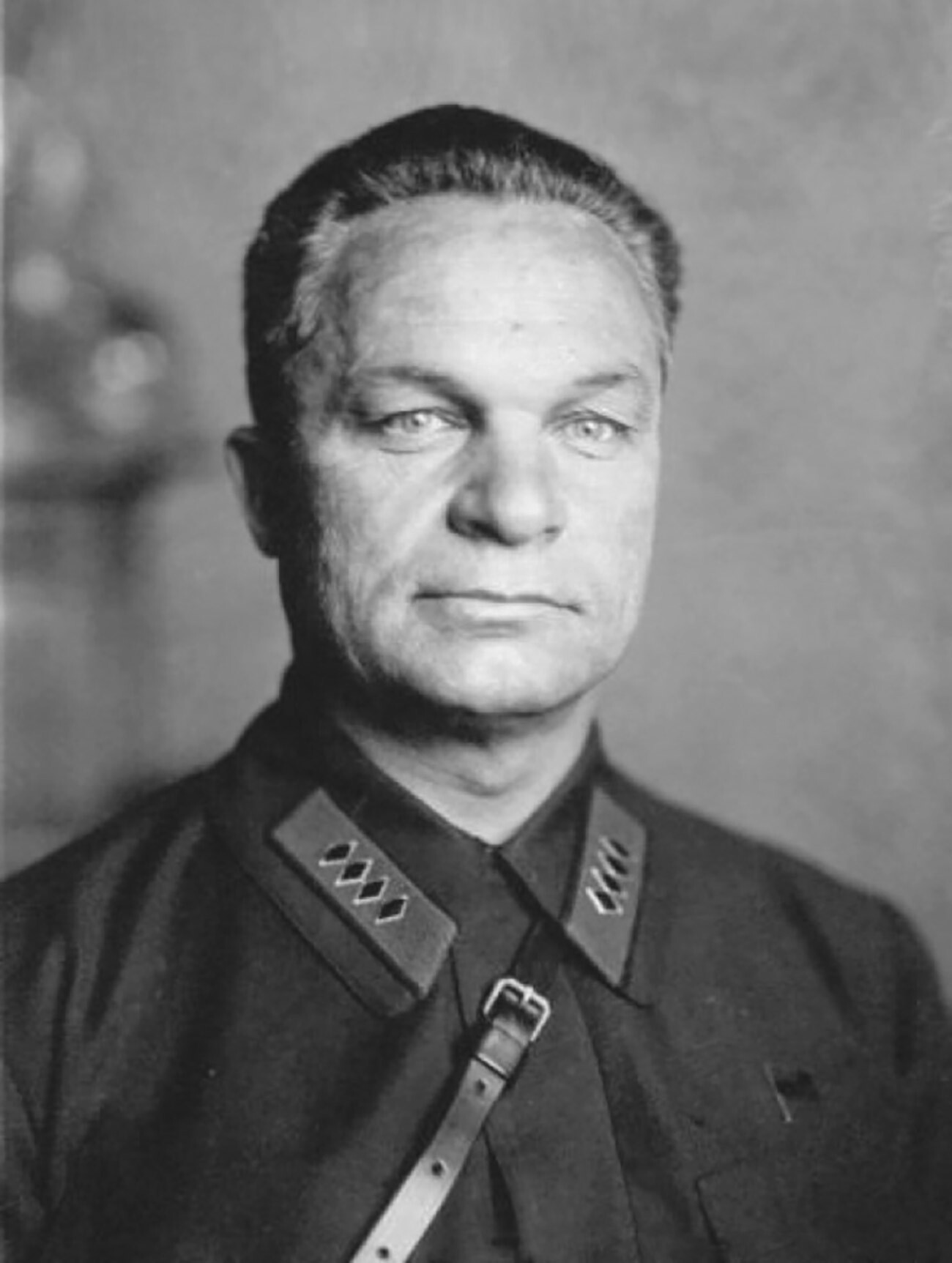
Chief of Staff of the Red Army and Marshal of the Soviet Union Alexander Yegorov.
Public domianAn enraged Yegorov proceeded to yell at the bewildered Thayer, comparing the embassy reception to a circus, and claiming that animals at the U.S. embassy appear to be treated with the same degree of respect as generals. The embassy staffer was immediately reprimanded by the Ambassador for his mistake but the general eventually returned with a new uniform and a smile on his face:
“After all that, I decided it wasn't your fault. Children are children, even if they are bears,” General Yegorov is paraphrased as saying - before proceeding back to the party.
The festivities ended at 10:30 am the next day. Spaso House was a mess and its staff was exhausted.

Unable to devise an effective method for catching all the birds that were still flying about the spacious hall, Thayer ended up simply shooing them away through the open windows.
Eventually, the party’s excesses were mitigated (if only partially). Thayer later joked that he was never asked to organize another embassy party ever again - if only because he was too valuable an employee to be squandered on such unserious business!
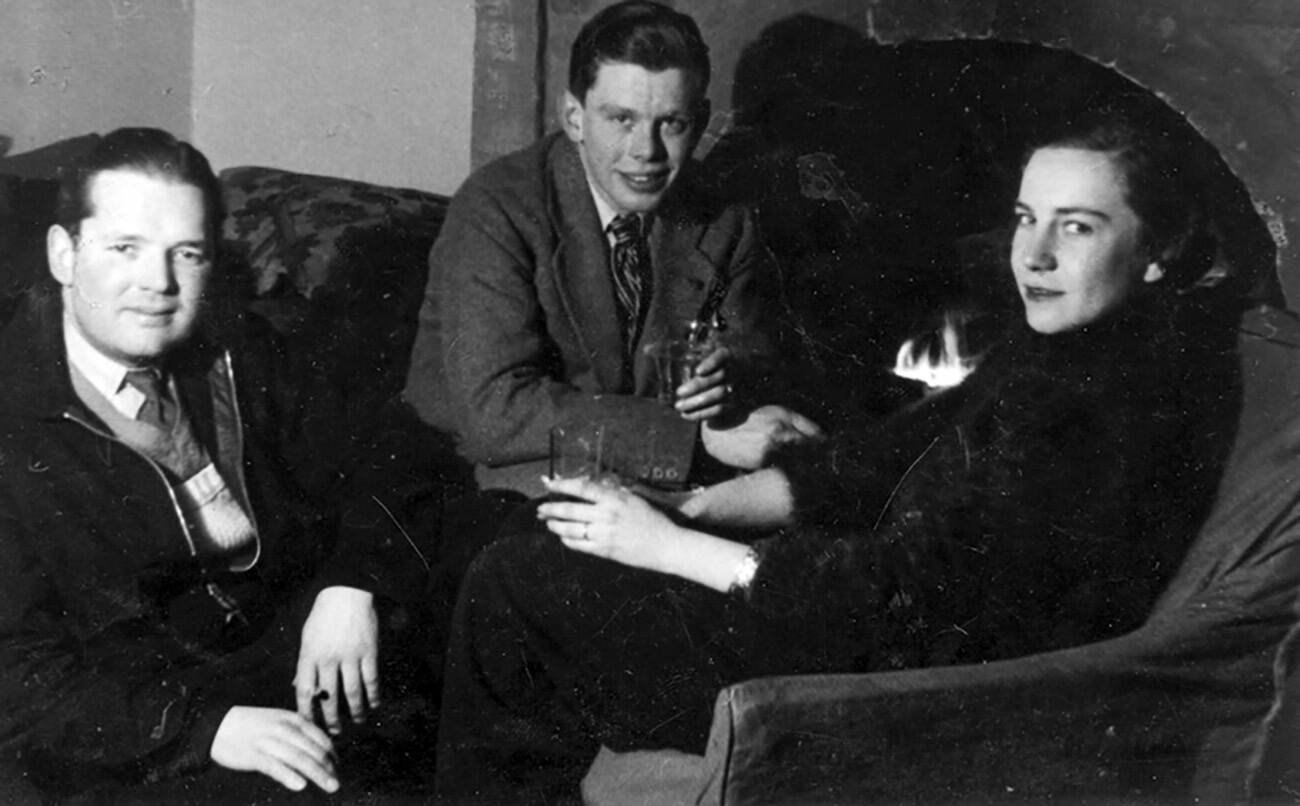
Charles Thayer and Friends in Moscow Residence.
Public domainDear readers,
Our website and social media accounts are under threat of being restricted or banned, due to the current circumstances. So, to keep up with our latest content, simply do the following:
If using any of Russia Beyond's content, partly or in full, always provide an active hyperlink to the original material.
Subscribe
to our newsletter!
Get the week's best stories straight to your inbox